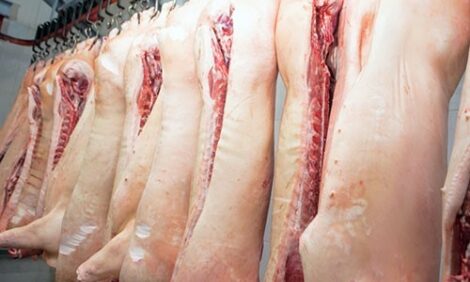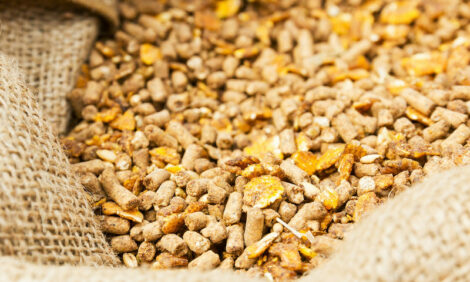



Swine Influenza Widespread in England, France
EU - The prevalence of swine influenza in England is much higher than previously thought, according to newly published research carried out by the Royal Veterinary College (RVC) and the COSI Consortium.The findings of the study, which took place during 2008/09, were presented at the International Pig Veterinary Society (IPVS) held in Vancouver in July this year.
Barbara Weiland from the RVC said: "The prevalence is much higher than expected, and this highlights the importance of subclinical infection, and the fact that swine influenza virus is a significant production disease that has been underestimated in the past."
The study involved 146 farrow-to-finish farms representing around 17 per cent of the English herd. On each farm, 20 animals of different age groups were tested for the H1N1, H1N2 and H3N2 influenza viruses. At least one pig tested positive on 59 per cent of the farms, with avian-like H1N1 being the most common strain found in England followed by H1N2. 18 per cent of the farms tested had both H1N1 and H1N2.
Those farms that tested positive for swine influenza virus were also more likely to be infected with other pig pathogens, and had poor respiratory scores in slaughterhouse monitoring programmes.
Research presented at the same congress revealed that farms in France may be suffering from an even higher level of prevalence. The study carried out on 29 French farms in 2009 showed that nearly 97 per cent of the farms tested were positive for at least one swine influenza virus sub-type.
Ricardo Neto, Merial's Veterinary Advisor said: "The presentation of this research gives us the first real indication of the level of prevalence of swine influenza in England. Not only are the findings important from the point of view of improving our knowledge of the disease, but also for individual vets and producers in managing herd health.
"Swine influenza may not appear to have much effect on the herd, even if producers actually recognise its existence. However, the disease has a significant economic effect and in some cases can be quite disastrous.
"It causes fever, apathy, anorexia and respiratory signs such as dyspnoea and sneezing, which affect both welfare and productivity. In sows it can affect return to oestrus, cause abortion, increase the number of still born piglets and decrease lactation. Therefore, there is a strong economic case for considering preventative treatment."
Steve Youngs, who recently experienced an outbreak of swine influenza, reported that around ten per cent of sows on his farm aborted and there was a noticeable increase in weak and stillborn piglets. The farrowing rate on his farm reduced by around 10 per cent from 85 per cent down to 75 per cent. There was a considerable cost to that farmer. Apart from the cost of treatment, the vet estimated that it cost him around 20 pence per kilo deadweight.
Gripovac® 3, which was recently launched by Merial, is the only swine influenza vaccine currently available on the market in the UK. It is licensed to reduce viral lung load and clinical signs associated with infection caused by H3N2, H1N1 and H1N2 strains and is the only vaccine in Europe that includes the latter strain.
Further Reading
| - | Find out more information on influenza in pigs by clicking here. |








